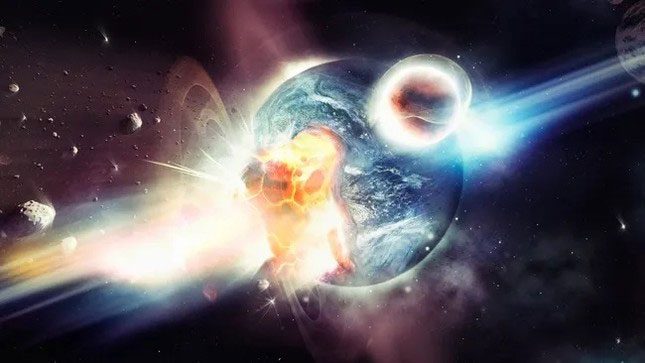Scientists have discovered the cause and can explain some truly strange spots deep within the Earth’s crust. These spots are attributed to gold and platinum from giant meteorites.
Researchers have finally found out why these precious metals appear near the surface of the Earth, despite being dense enough to have sunk into the core.

Gold and platinum arriving on Earth shortly after its formation may help explain the mysterious spots in the planet’s crust. (Image: Yuri_Arcurs/Getty)
Why do gold and platinum fall to Earth without being buried?
Gold, platinum, palladium, and other platinum-group metals are what scientists refer to as “highly siderophile elements.” This means that they easily bond with iron.
Scientists believe that if these metals were brought to Earth through asteroids during the chaotic early solar system, they would have passed through the crust and into the mantle, eventually sinking until they reached the iron core. However, that did not happen.
To understand why, Marchi and co-author, geophysicist Jun Korenaga from Yale University, created simulations of ancient impacts on early Earth. For the first time, they discovered that extracting these metals from the core is even more challenging than they had anticipated.
Their simulations also revealed a solution to this issue. When a giant meteorite collided with early Earth, the impact would obliterate the projectile and create a molten magma ocean that seeps deep into the mantle.
Below this magma ocean would be a boundary area of half-solid, half-molten rock. The metals from the impact would gradually permeate into this semi-molten region, spreading them out.
Instead of the pure, dense metals sinking directly into the core, the region in the mantle containing these metals would only be denser than the surrounding environment.
As it slowly descends into a higher-pressure area, it would solidify, trapping small metal fragments before they could reach the core.





















































